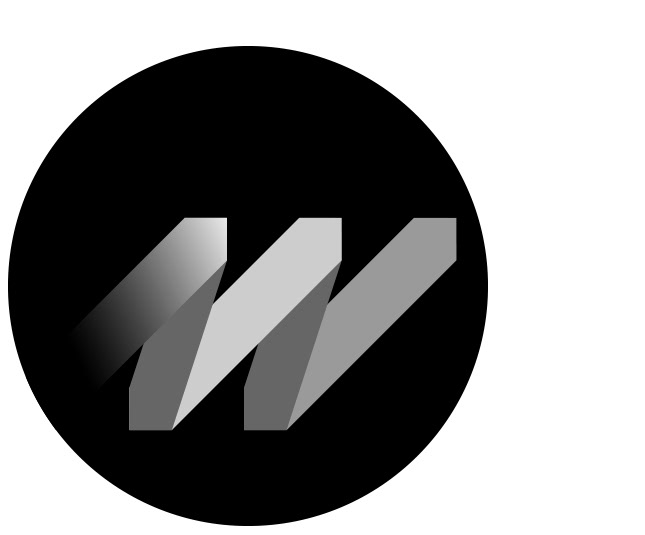The Monsters
I developed and illustrated the style and personality of all the ChoreMonster monsters for the Kids platform, which included creating unique biographies that were tied to chores, hobbies, favorite colors and foods for each monster. The concept was to use an imperfect, simple, silly, and rough style to create a more organic and unique brand for the monsters.
A small sampling of the many hundreds of monsters created for the Kids app.
Each monster has their own unique biography, themed around a chore which they could encourage or help a child complete. They also have fun, strange, weird, and silly hobbies and favorite foods and colors. All told we created more than 150 monsters, each with a single animation and many more that are featured in over 20 animated short cartoons.
This was a 10 foot wide wall decal that was in our shared office space with Roadtrippers, another company we graduated with from The Brandery.
Cartoons
Early on we attempted many ways to gain social traction. One of the ways we tried was through weekly cartoons posted through our social media channels. I wrote and illustrated each of these over a month long period, after which we analyzed the response (or traction) of the posts and determined they were not effective.
Evolution & Iteration
Over time, the overall style of illustration simplified, removing texture as the means to define and contour, and instead opting for more subtle shapes and shades to help add depth.
Frank Rumpnoodle is the first and primary monster in the ChoreMonster universe. He considers himself the CEO, President, and King of company. Here are some of the many expressions and moods of Frank.
Each monster helps a child with a certain chore, as demonstrated above. But since they are monsters, they don’t always do such a good job at their chores.
Eventually we had to create a “family”, that was used in our branded “How To” cartoons.
This was a fun project to create an alphabet that looked like monsters. I decided to use a limited palette (even though it wasn’t necessary) to mimic an actual spot color print.
